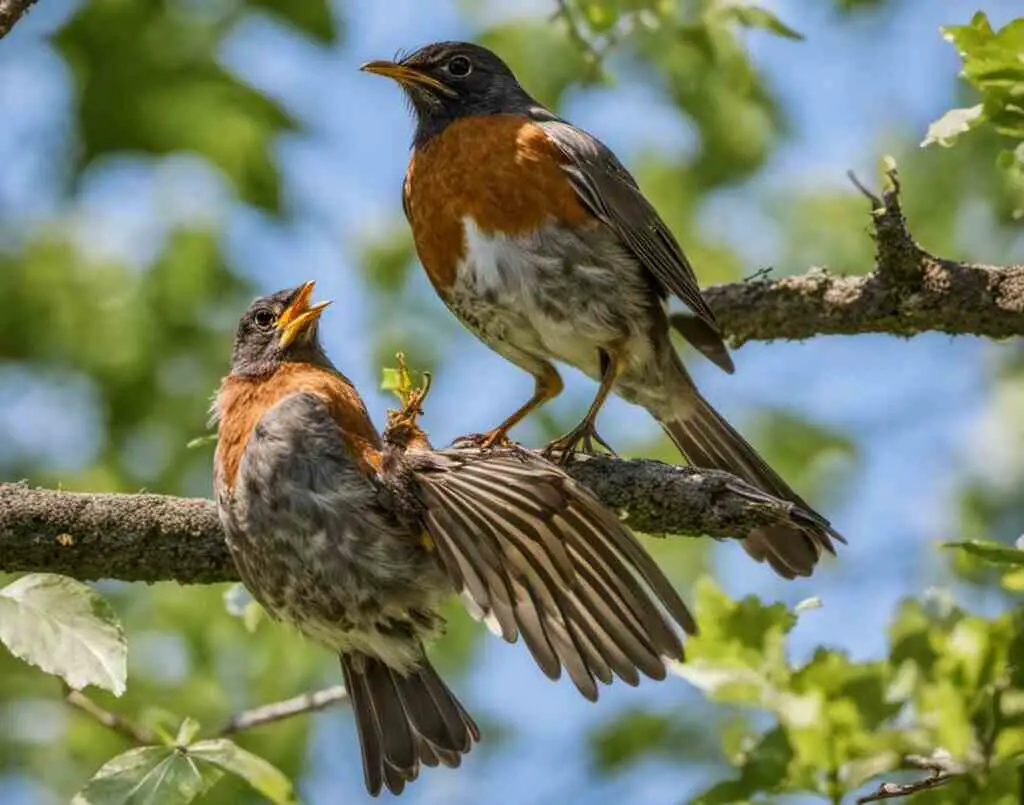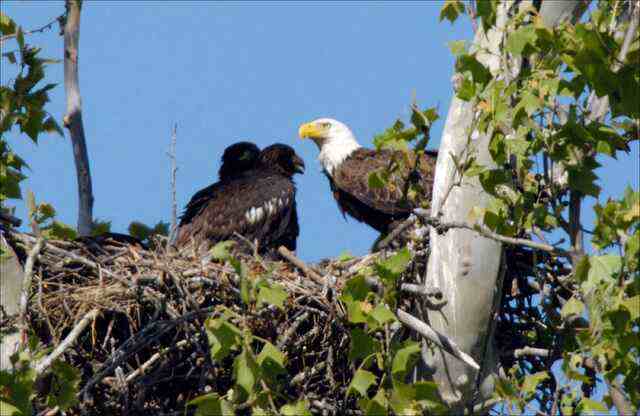Have you ever wondered how long it takes for baby birds to take flight? The development of a baby bird’s wings and flight capabilities is a complex process that varies depending on the species and environment. In this article, we will take a closer look at the key stages in a baby bird’s development and explore the factors that can affect their ability to take flight.
From the nestling stage to fledging and beyond, baby birds progress through several stages as they mature and prepare for their first flight. Understanding these stages and the timeline involved can provide valuable insights into the behavior and biology of these fascinating creatures.
Table of Contents
- 1 Key Takeaways:
- 2 How Long Until Baby Birds Can Fly?
- 3 Wing Development in Baby Birds
- 4 Nestling Stage: Early Development
- 5 Fledging Age: Preparing to Leave the Nest
- 6 Learning to Fly: Baby Birds’ First Attempts
- 7 Flying Ability Development: Fine-Tuning Skills
- 8 Time It Takes for Baby Birds to Fly
- 9 Factors Affecting Baby Bird Flight
- 10 Conclusion
- 11 FAQs: How Long Until Baby Birds Can Fly
- 11.1 How long does it take for baby birds to learn to fly?
- 11.2 What is the nestling stage of a baby bird’s life?
- 11.3 What factors can affect a baby bird’s flight development?
- 11.4 What is the fledging age of baby birds?
- 11.5 How do baby birds learn to fly?
- 11.6 How do baby birds continue to develop their flying abilities?
- 11.7 What is the average time it takes for baby birds to achieve full flight capabilities?
- 11.8 What are some factors that can affect a baby bird’s ability to fly?
- 12 Author
Key Takeaways:
- Baby birds progress through several key stages as they develop their ability to fly
- The development of a baby bird’s wings is crucial for their ability to take flight
- Factors such as species, environment, and health can affect a baby bird’s ability to fly
- The timeline for baby birds to achieve full flight capabilities varies depending on the species and individual
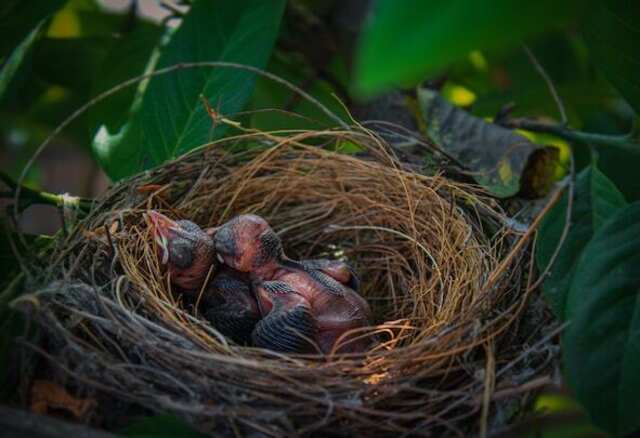
How Long Until Baby Birds Can Fly?
The amount of time until baby birds can fly varies depending on the species. Most songbirds are able to fly within 2-3 weeks of hatching, while larger birds like raptors and waterfowl may take up to 10–12 weeks to fully develop their flight feathers and muscles.
During this time, the young birds remain in the nest and are fed and cared for by their parents. It’s important to avoid disturbing bird nests during this critical period, as interference can cause the parents to abandon their young.
If you find a baby bird on the ground, it’s best to leave it alone and let the parents continue to care for it.
Wing Development in Baby Birds
The growth and maturation of a baby bird’s wings are critical for their ability to fly. The wings must become strong enough to support the bird’s body weight and provide enough lift to overcome gravity.
Depending on the bird species, the wingspan can range from a few inches to several feet. The bones in the wings must ossify, or harden, before the bird can fly. This process can take several weeks or even months.
Initially, the wings are small and fluffy. As the bird ages, the feathers become stronger and denser, providing better insulation and protection from the elements. The feathers also improve the bird’s aerodynamics by creating less wind resistance.
Once the wings are fully developed, the bird can start to exercise them by flapping and practicing short flights. This strengthens the muscles needed for sustained flight and improves the bird’s coordination.
In some cases, birds may develop an abnormality that affects their wing development, such as a genetic disorder or injury. These birds may never be able to fly, or their flight may be limited.
In conclusion, wing development is a crucial stage in a baby bird’s life. It can take several weeks or months for the wings to fully develop and become strong enough to support flight.
Nestling Stage: Early Development
The nestling stage is a critical period in a baby bird’s development, as this is when they grow rapidly and develop the physical capabilities they need for flight. During this stage, baby birds are still very vulnerable and rely entirely on their parents for food and protection.
There are several factors that can influence a baby bird’s flight development during the nestling stage:
| Factor | Effect on Flight Development |
|---|---|
| Species | Different bird species have varying rates of development, with larger and more complex birds taking longer to mature. |
| Nest conditions | The quality of the nest and its location can affect a baby bird’s physical development, with factors such as temperature and humidity playing a role. |
| Feeding habits | Adequate nutrition, including a balanced diet of protein and fats, is necessary for healthy growth and development. |
| Health | Sickness or injury can delay a baby bird’s development and make them less likely to succeed in their first attempts at flying. |
It can take anywhere from a few weeks to several months for baby birds to fully develop their flight capabilities, depending on their species and environment. During this time, it’s important for parents to provide proper care and protection, as any disruptions to their development can have negative consequences for their survival.
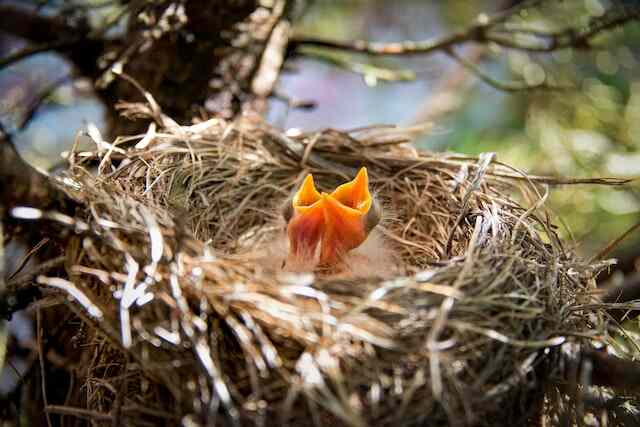
Fledging Age: Preparing to Leave the Nest
The fledging age marks a critical stage in a baby bird’s development, as they begin to prepare to leave the nest and take their first flights. While the exact age varies depending on the species, most baby birds begin to fledge between 10 and 21 days after hatching.
During this stage, baby birds start to exercise their wings and strengthen their muscles in preparation for flight. They also develop the ability to perch and hop along branches, which is an important skill for navigating their environment outside of the nest.
The Role of Parents
As baby birds approach the fledging age, their parents play an important role in guiding them through the process. Adult birds will encourage their offspring to leave the nest by withholding food or perching just out of reach. This motivates the baby birds to take their first flights and begin exploring their surroundings.
However, parents also provide protection and support during this vulnerable stage. They will continue to feed and care for their young, even after they have fledged, until the babies are fully self-sufficient.
Challenges of Fledgling
While fledgling is a necessary step in a baby bird’s development, it can also be a dangerous one. Young birds are inexperienced and may make mistakes or get into trouble as they explore their environment.
Some of the challenges faced by fledgling birds include predators, weather conditions, and collisions with man-made structures such as windows or power lines. These risks mean that many baby birds do not survive their first few weeks of independence.
Despite these challenges, fledgling is an exciting and important time in a bird’s life. It marks the beginning of their journey towards independence and the development of their full flying abilities.
Learning to Fly: Baby Birds’ First Attempts
Once baby birds reach the appropriate age and develop the necessary wing muscles, they will begin attempting to fly for the first time. This stage is crucial to their survival, as they must learn to fly in order to forage for food and escape predators.
Initially, baby birds will make short, fluttery hops from their perch to nearby branches or the ground. As they continue to practice, they will gradually build up the strength and coordination needed for sustained flight. These practice sessions can be quite entertaining to watch, as the baby birds may crash-land, stumble, or take a few tumbles before mastering the art of flying.
It is worth noting that some bird species may take longer to learn how to fly than others, and individual birds may progress at different rates. Factors such as a bird’s size, weight, and wing shape can all influence its ability to fly.
“During their first attempts at flight, baby birds may crash-land, stumble, or take a few tumbles before mastering the art of flying.”
Additionally, some environmental factors can also impact a baby bird’s learning process. For example, if a nest is located in an area with a lack of safe landing spots or strong wind currents, the bird may have difficulty practicing its flight skills. Conversely, a sheltered and safe environment may allow the baby bird to progress more quickly.
Overall, the process of learning to fly is an important and exciting milestone in a baby bird’s life. It allows them to gain independence and explore their surroundings, while also reminding us of the marvels of nature.
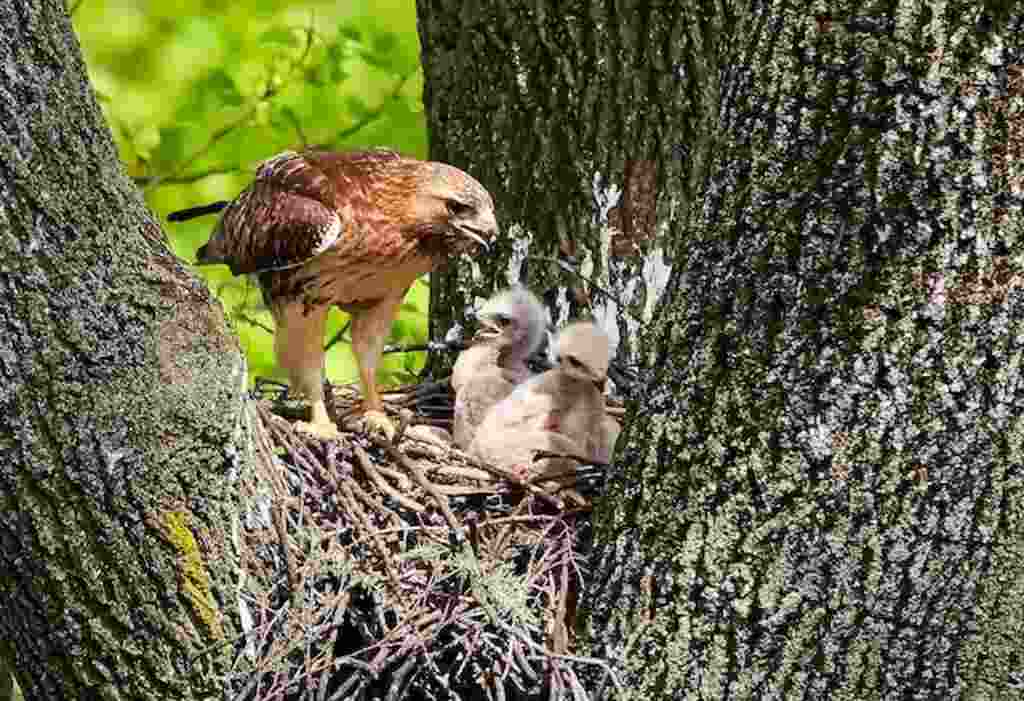
Flying Ability Development: Fine-Tuning Skills
As baby birds continue to grow, their flying abilities develop at a rapid pace. During this time, they begin to fine-tune their skills and become more adept at controlling their movements in the air.
One important aspect of baby bird flying ability development is the growth and strengthening of their flight feathers. These feathers are essential in providing lift and control during flight. As the feathers mature, the baby bird becomes better equipped to fly longer distances and handle more challenging flight conditions.
Another key component of flying ability development is the improvement of motor skills. Baby birds must learn how to coordinate their wings, tail, and body movements in order to maintain balance and control in the air. This process takes time and practice, but with each successful flight and landing, the baby bird gains more confidence and skill.
As baby birds continue to fine-tune their flying abilities, they also become more efficient at conserving energy during flight. This allows them to fly longer distances and at higher altitudes without becoming fatigued.
Overall, the process of flying ability development is a crucial part of a baby bird’s growth and development. It allows them to explore their environment, find food and shelter, and avoid predators. With time and practice, baby birds are able to achieve remarkable feats of flight and become fully independent.
Time It Takes for Baby Birds to Fly
The time it takes for baby birds to achieve full flight capabilities varies depending on several factors, including their species, environment, and health. However, on average, most baby birds are ready to take their first flights between 2 to 3 weeks after hatching.
Some species, such as albatrosses and swans, may take longer to develop the necessary wing strength and coordination, and may not be able to fly until several months after hatching.
It’s important to note that even after baby birds have achieved flight, they may continue to refine their flying skills for several weeks or months before becoming fully proficient.
Factors Affecting Baby Bird Flight
The ability of baby birds to fly is influenced by several factors, including their species, environment, and health status. Here are some of the factors that can affect their flight development:
| Factor | Explanation |
|---|---|
| Species | The flight ability of baby birds varies across different species. Some species can fly within a few weeks of hatching, while others may take several months. |
| Environment | The environment in which baby birds are raised can also impact their flight development. Birds raised in a safe, open space with plenty of room to fly and practice their skills are more likely to develop good flying abilities. On the other hand, birds raised in cramped or predator-filled environments may have difficulty developing their flight muscles and skills. |
| Health status | Physical health can also affect the ability of baby birds to fly. For example, birds with malnourishment, injuries, or illnesses may not be able to fly as well as healthy birds. In such cases, rehabilitation may be necessary before they can develop their flying ability. |
Other factors that can influence the flight development of baby birds include genetic factors, the size and weight of the bird, and the availability of food and water. It is important to remember that each bird is unique, and their flight development may vary depending on their circumstances.
Conclusion
In conclusion, the process of a baby bird learning to fly is an intricate and fascinating one. From their early development in the nestling stage to their first attempts at flight and continued flying ability development, baby birds go through many stages before achieving full flight capabilities.
Timeline of Baby Bird Flight
On average, it takes baby birds several weeks to several months to learn how to fly. Factors such as species, environment, and health can influence their ability to fly, making each bird’s timeline unique.
While the process can be challenging, the end result is a beautiful and awe-inspiring sight: a fully fledged bird soaring through the sky with grace and ease.
FAQs: How Long Until Baby Birds Can Fly
How long does it take for baby birds to learn to fly?
The time it takes for baby birds to learn to fly can vary depending on the species and individual circumstances. On average, it takes about a few weeks to a few months for baby birds to develop the necessary wing strength and coordination required for flight.
What is the nestling stage of a baby bird’s life?
The nestling stage is the period in a baby bird’s life when it is still in the nest and being cared for by its parents. During this stage, the baby bird’s wings are still developing, and it relies on its parents to provide food and protection.
What factors can affect a baby bird’s flight development?
Several factors can influence a baby bird’s flight development, including its species, environment, and overall health. Some species may have longer wings and require more time to develop flight capabilities. Environmental factors, such as the availability of food and suitable nesting sites, can also impact a baby bird’s growth. Additionally, any health issues or injuries can hinder a baby bird’s ability to fly.
What is the fledging age of baby birds?
The fledging age is the age at which baby birds leave the nest and take their first flights. This age can vary depending on the species, but it typically occurs when the chicks are fully feathered and have developed enough strength in their wings to support their body weight.
How do baby birds learn to fly?
Baby birds learn to fly through a process of trial and error. They start by making short flights within their nest or nearby branches, gradually increasing the distance and duration of their flights over time. During this learning phase, they develop the necessary coordination and muscle strength required for sustained flight.
How do baby birds continue to develop their flying abilities?
As baby birds grow older, they continue to fine-tune their flying skills through practice and experience. They explore larger areas, learn to navigate obstacles, and improve their maneuverability in flight. This ongoing development helps them become more proficient and efficient flyers.
What is the average time it takes for baby birds to achieve full flight capabilities?
On average, it takes a few weeks to a few months for baby birds to achieve full flight capabilities. However, this can vary depending on the species and individual circumstances. Some larger bird species may take longer to develop their flight abilities compared to smaller ones.
What are some factors that can affect a baby bird’s ability to fly?
A baby bird’s ability to fly can be influenced by factors such as its species, environment, and health. Different species have varying wing lengths and flight requirements. The environment, including the availability of suitable nesting sites and food sources, can also impact a baby bird’s flight development. Additionally, any health issues or injuries can affect their ability to fly effectively.

